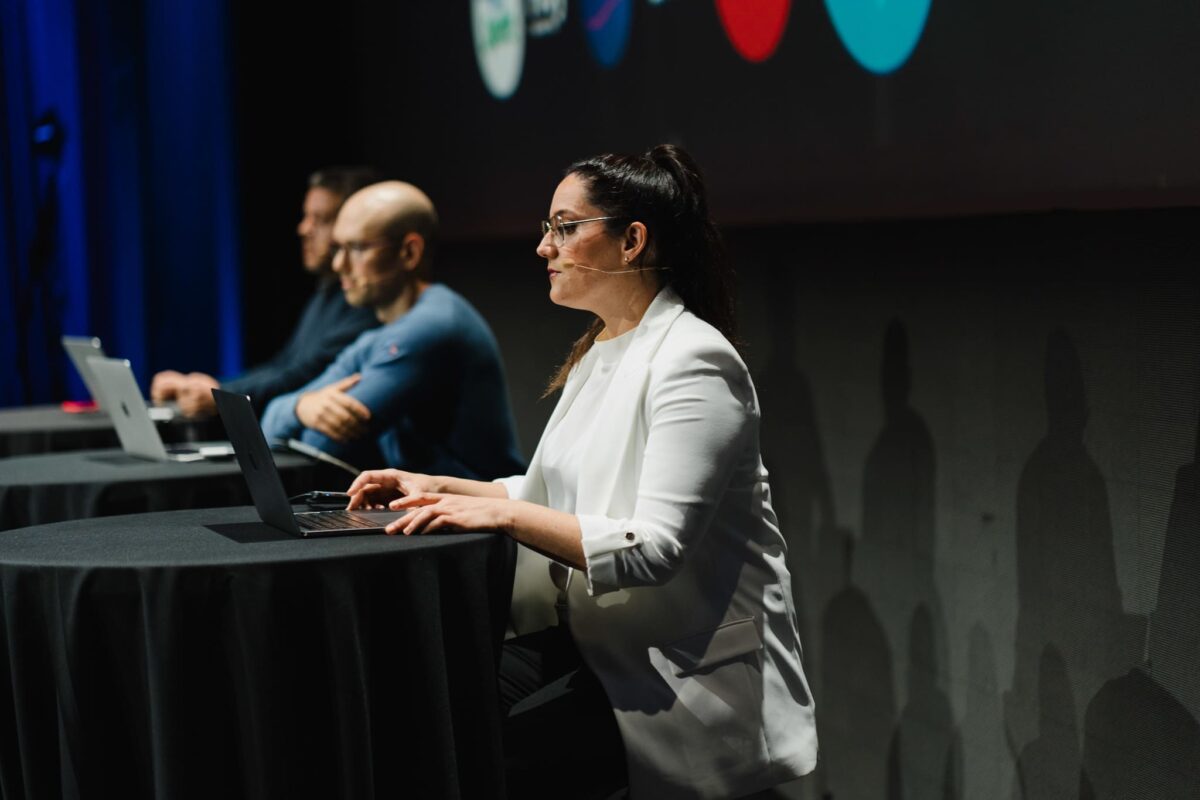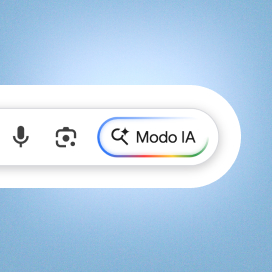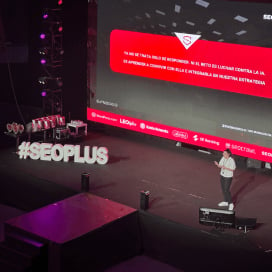Written by María Navarro
Index
I’ve been working professionally in SEO for over eight years, and if you had told me before all this that words like “algorithm” or “update” would keep me up at night, I wouldn’t have believed you.
My relationship with Google’s algorithms has gone through many stages: from the uncertainty of not knowing what’s coming or how it might affect the projects I manage, to the fear of an update coming at the “worst possible moment,” to eventually looking forward to updates with excitement—because it’s finally time to see the impact of all the hard work.
After months of strategy, content creation, analysis, and patience—after asking clients to trust that we’re doing what needs to be done and that sooner or later we’ll see the payoff—comes that dreaded/beloved moment when Google announces a “new algorithm rollout.”
How My Relationship with Google’s Changes Has Evolved
My relationship with algorithm updates has evolved over time, especially in how I face those key moments.
Early on, I reacted with fear when Google announced a new update. Nerves, insecurity, and that silent kind of stress you deny during the day but feel fully at night, when your mind won’t stop racing. I remember checking the tools compulsively over and over, hunting for the slightest movement, trying to make sense of every fluctuation—even though I knew that no matter how many times I checked in a day, the data wouldn’t change.
Today, with years of experience, my approach has changed. I still worry, of course—being indifferent is not an option for any good professional—but now I know that perspective is more important. I’ve learned that sometimes the key is to wait, to check just once and with intention, focusing only on what really matters, and to know how to separate meaningful signals from background noise.
Being patient doesn’t mean being passive. It means knowing when to act, when to update the client, and—most importantly—when not to get caught up in panic or false optimism. Managing uncertainty with a cool head and sharp analysis is a crucial part of our job.
And above all, we’re here to be present. Not just as an external agency, but as part of the client’s team—someone who genuinely cares about the project and feels personally invested in it. Because yes, the successes of the projects I work on are also my own successes as a professional. That’s why every ranking gain is celebrated as a shared victory. And a drop is not a defeat, it’s a “let’s roll up our sleeves and keep going.”
Besides, what would SEO be without algorithm updates, ever-changing SERPs, and those plot twists that upend our certainties overnight and force us to rethink everything? To me, that’s the essence of this profession: adapting, learning, growing with each new scenario, and having the ability to rebuild again and again.
Key Takeaways: Acceptance and Adaptation in the Face of the Unknown
Another lesson this profession—and all its changes—has taught me is:
We never know everything. Sometimes, even when we think we’re doing everything right, the results don’t come—or worse, they drop. That means:
- Accepting that Google doesn’t always give clear answers.
- Recognizing that not everything is within our control.
- Being willing to revisit our own assumptions or decisions.
- Listening and learning, even from unexpected outcomes.

The Transformation of Google’s Algorithm
In recent years, SEO has evolved beyond a purely technical or content-driven job. It’s become a real-time strategic practice shaped by a dynamic that shifts month to month—sometimes even week to week. What used to be occasional updates or behavior changes are now part of a continuous cascade of signals, adjustments, and system interactions that directly impact visibility, traffic, and business.
The environment is becoming more demanding. From 2020 to 2025, Google not only increased the frequency of its updates, but also changed its behavior—becoming increasingly sophisticated.
Today, multiple systems run and interact simultaneously: core updates, spam filters, the Helpful Content System, and E-E-A-T signals, among others. This means SEO professionals must constantly refine our ability to adapt, strategize, and take a big-picture view.
Algorithm Evolution Over the Last 5 Years
Summary of Google’s algorithm updates (2020–2025)*:
- 2025: 2 updates – 13 days of rollout for the first; the last one is still ongoing
- 2024: 7 updates – 122 days of rollout
- 2023: 9 updates – 180 days of rollout
- 2022: 10 updates – 148 days of rollout
- 2021: 10 updates – 186 days of rollout
- 2020: 1 core update – 13 days (incomplete year)
Over 600 days of active updates in 5 years—that’s nearly 2 full years with the algorithm in a state of change.
*Source: Google Search Status Dashboard, data as of July 2025.
Trends Driving This Evolution
1. More frequent and prolonged core updates. Core updates are no longer isolated events. They now occur more often and last longer. Clear examples include the March 2024 core update, which lasted 45 days, and the November 2023 update, which stretched to 25 days.
2. A shift toward helpful content and genuine experience. The Helpful Content System has reshaped the rules. It’s no longer enough for content to be original or long—Google increasingly rewards content that’s truly written for people, reflecting real-life experience, authentic knowledge, and genuine value.
3. Tougher stance on spam and automated content. With each new spam update, Google sharpens its ability to detect automatically generated content, aimless websites, or superficial writing. Shortcut-based strategies are increasingly unviable, especially for businesses where online visibility and real conversions are mission-critical.
4. Greater demands for authority and transparency. Authority is no longer assumed. With systems like Product Reviews and E-E-A-T, it’s essential to clearly show who’s behind the content, what sources are used, and what methodology is being followed. Demonstrating credibility and transparency is no longer optional—it’s a must.
SEO as a Constantly Shifting Puzzle
Ultimately, working with Google’s algorithm is like assembling a puzzle where the pieces sometimes change shape. We can’t control them, but we can figure out where they fit and how to combine them to reach our goal. Updates are no longer isolated events, but part of a continuous process that pushes us to improve, innovate, and deliver real value.
Beyond the fear or uncertainty, each change is an opportunity to show our ability to adapt, our strategic vision, and our commitment to the project’s and the client’s success.



